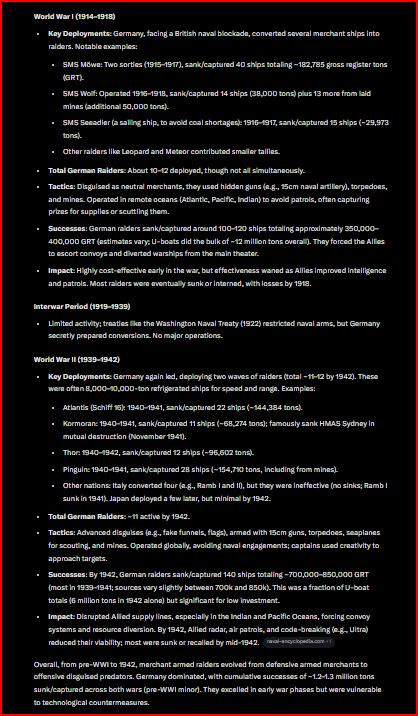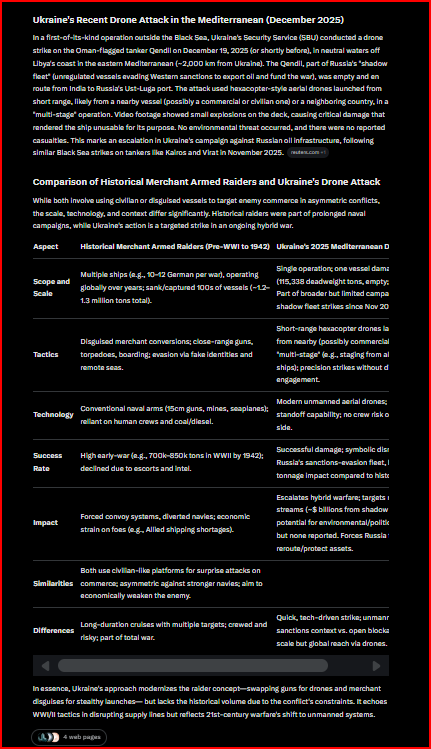@boys_ian @Steveho25139795 @clark_aviation Radar proximity fuzes were a UK concept & engineering development that it took American industrial capacity to make real. (photo)
Time fuzes came in 2 flavors.
Flavor 1 was mechanical like an old Swiss watch. Flavor 2 was a burning pyrotechnic fuze.
Flavor 1 kept better time
Time fuzes came in 2 flavors.
Flavor 1 was mechanical like an old Swiss watch. Flavor 2 was a burning pyrotechnic fuze.
Flavor 1 kept better time

@boys_ian @Steveho25139795 @clark_aviation Flavor 2 was far lighter and MUCH cheaper.
This meant barrages and director controlled pointer fire using mechanical fuzes were much more consistent in altitude.
But the pyrotechnic fuzes could reach higher flying USAAF bombers in 1944 that mechanical could not.
This meant barrages and director controlled pointer fire using mechanical fuzes were much more consistent in altitude.
But the pyrotechnic fuzes could reach higher flying USAAF bombers in 1944 that mechanical could not.
@boys_ian @Steveho25139795 @clark_aviation This article (link) is a good one for explaining German AA gun defenses as a system.
The key pacing item for German flak defenses were the directors, mechanical-analog fire control computers. (photos)
nationalinterest.org/blog/reboot/ge…

The key pacing item for German flak defenses were the directors, mechanical-analog fire control computers. (photos)
nationalinterest.org/blog/reboot/ge…


@boys_ian @Steveho25139795 @clark_aviation The Luftwaffe could get guns and ammo faster than it could build & maintain directors.
This meant bigger "grand batteries" where 12, 16, or 24 guns were controlled by one director vs the pre-war 4 guns.
As the Luftwaffe replaced able bodied men with women, children and slaves
This meant bigger "grand batteries" where 12, 16, or 24 guns were controlled by one director vs the pre-war 4 guns.
As the Luftwaffe replaced able bodied men with women, children and slaves
@boys_ian @Steveho25139795 @clark_aviation ...Flak got less accurate.
This was compensated for by firing "box barrages" ahead of American bomber formations which were ungainly clots of A/C that could not turn quickly.
This was compensated for by firing "box barrages" ahead of American bomber formations which were ungainly clots of A/C that could not turn quickly.

@boys_ian @Steveho25139795 @clark_aviation The problem that most people have -- including on Adolph Hitler! -- is understanding the mission of AA defenses is not to shoot down planes, but to prevent planes from destroying their assigned target.
The attached table is from an 8th AF report on the accuracy of USAAF bombers
The attached table is from an 8th AF report on the accuracy of USAAF bombers

@boys_ian @Steveho25139795 @clark_aviation ...at the end of WW2 after the fall of France.
The Luftwaffe had to give up Box barrages due to ammo shortages, plus more and more flak guns were diverted to ground defenses.
yet German flak was still accomplishing most of it's mission of causing Allied bombs to miss.
The Luftwaffe had to give up Box barrages due to ammo shortages, plus more and more flak guns were diverted to ground defenses.
yet German flak was still accomplishing most of it's mission of causing Allied bombs to miss.

@boys_ian @Steveho25139795 @clark_aviation Key fact -- 80% of all the bombs that fell on Germany in WW2 fell between June 6th 1944 and May 1945.
It was the fall of the occupied French territory used as a early warning & fighter base glacis that tubed German AA killing %.
RAF Bomber Command WW2 loss rates attached.
It was the fall of the occupied French territory used as a early warning & fighter base glacis that tubed German AA killing %.
RAF Bomber Command WW2 loss rates attached.

@boys_ian @Steveho25139795 @clark_aviation It was not until the Allied strategic bombers went after all the German Reich Bahn railway marshaling yards _Simultaneously_, starting with Operation Clarion in Mid-Feb 1945, that German AA gun defenses collapsed from a lack of ammo.
• • •
Missing some Tweet in this thread? You can try to
force a refresh











